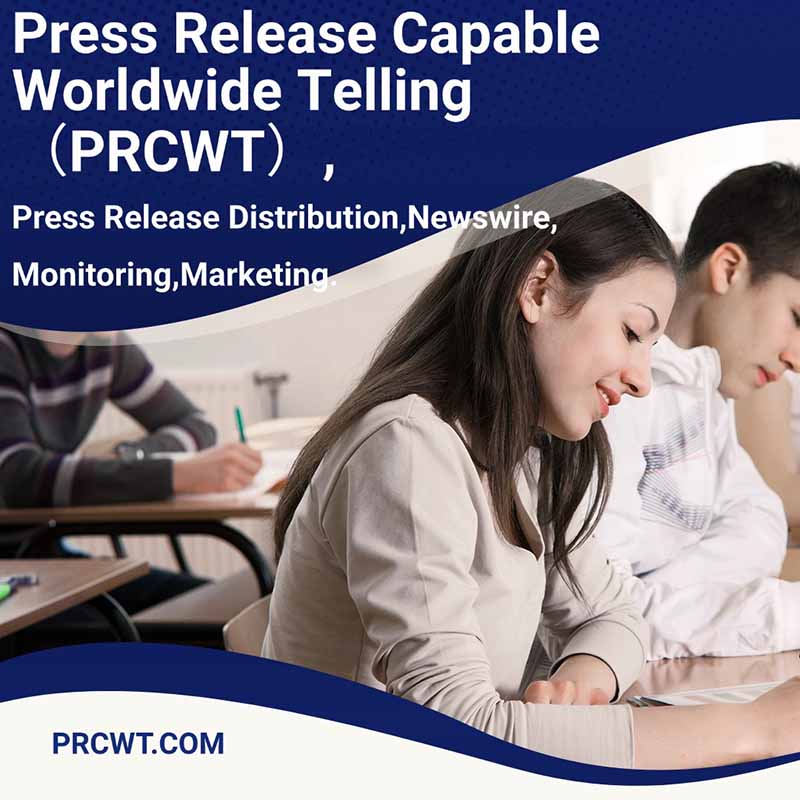In the digital age, media monitoring has become an essential tool for businesses and organizations. It involves the tracking and analysis of various media sources to gain insights into public opinion, brand perception, and market trends. With the increasing importance of online media and social platforms, media monitoring has expanded to include real-time data and sentiment analysis. This has allowed companies to respond quickly to emerging issues and manage their reputation more effectively.
According to recent industry reports, the global media monitoring market is expected to grow at a compound annual growth rate of over 10% in the coming years. This growth is driven by the need for businesses to stay ahead of the competition and understand their customers' needs and preferences. Additionally, the rise of social media and the increasing amount of digital content have made media monitoring more complex and challenging. However, it has also provided new opportunities for companies to engage with their audiences and build brand loyalty.
One of the key benefits of media monitoring is its ability to provide real-time insights into public opinion. By tracking social media conversations and news articles, companies can quickly identify emerging issues and respond before they become a major problem. This can help to protect their brand reputation and avoid negative publicity. Additionally, media monitoring can be used to measure the effectiveness of marketing campaigns and public relations efforts. By analyzing the media coverage and social media engagement, companies can determine which strategies are working and which ones need to be adjusted.

Another important aspect of media monitoring is its role in brand management. By monitoring brand mentions and sentiment, companies can gain a better understanding of how their brand is perceived by the public. This can help them to identify areas for improvement and develop strategies to enhance their brand image. Additionally, media monitoring can be used to track the performance of competitors and identify opportunities for differentiation.
In conclusion, media monitoring is a powerful tool that can provide valuable insights into public opinion, brand perception, and market trends. With the right strategies and tools, companies can use media monitoring to stay ahead of the competition, manage their reputation, and build brand loyalty. As the digital landscape continues to evolve, media monitoring will become an even more important part of a company's marketing and communication strategy.